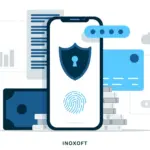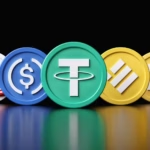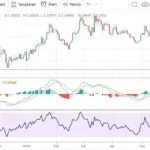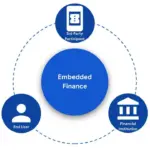DeFi Platforms: Innovation or Regulatory Nightmare?
In the ever-evolving world of blockchain and digital finance, Decentralized Finance (DeFi) has emerged as one of the most groundbreaking innovations. Built on blockchain networks like Ethereum, DeFi platforms promise to revolutionize how people borrow, lend, trade, and invest — without banks or intermediaries. Yet, as adoption grows, so does the tension between innovation and regulation.
What Makes DeFi So Revolutionary
At its core, DeFi replaces traditional financial intermediaries with smart contracts — automated programs that execute financial transactions transparently on the blockchain.
Users can:
- Earn yields through liquidity pools.
- Borrow assets without a credit score.
- Trade tokens 24/7 across decentralized exchanges (DEXs).
- Participate in governance through tokens that grant voting rights.
This open, permissionless ecosystem empowers users globally — especially those in regions underserved by traditional banking systems. The result is a financial system that’s more inclusive, transparent, and accessible than ever before.
The Dark Side of Decentralization
However, with innovation comes risk. DeFi platforms often operate without clear accountability, leading to major vulnerabilities.
Common issues include:
- Smart contract exploits: Hackers have stolen billions of dollars by exploiting code flaws.
- Rug pulls and scams: Anonymous developers can disappear with user funds.
- Market manipulation: Thin liquidity and lack of oversight allow price manipulation and flash loan attacks.
The absence of centralized control also means no customer protection or recourse — a nightmare scenario when funds are lost.
Regulators Step In
Governments worldwide are now grappling with how to regulate DeFi without crushing its innovative spirit. Agencies like the U.S. SEC, EU regulators, and Asian financial authorities have raised concerns about investor protection, money laundering, and systemic risks.
Some jurisdictions push for “DeFi accountability”, requiring platform developers and governance token holders to register or comply with anti-money laundering (AML) rules. Others, like Singapore and the EU, are exploring balanced frameworks that preserve innovation while introducing clear compliance standards.
Still, enforcing rules on decentralized platforms — often governed by anonymous communities spread across borders — remains a monumental challenge.
Innovation vs. Oversight: Finding Common Ground
The future of DeFi likely lies in responsible innovation. Hybrid models, such as “Regulated DeFi” (ReDeFi), are emerging — where smart contracts are open-source but linked to verified identities and compliant protocols.
Collaboration between regulators, developers, and users will be crucial. By adopting transparency tools, audits, and decentralized identity systems (DID), the DeFi ecosystem can maintain its innovative edge while ensuring safety and trust.
Conclusion
DeFi stands at a crossroads: it can either redefine finance for the better — or spiral into chaos without oversight. The challenge ahead is not to stifle decentralization but to create a regulatory environment that protects users without compromising innovation.
If done right, DeFi could become not a regulatory nightmare, but the blueprint for the next generation of global finance.














